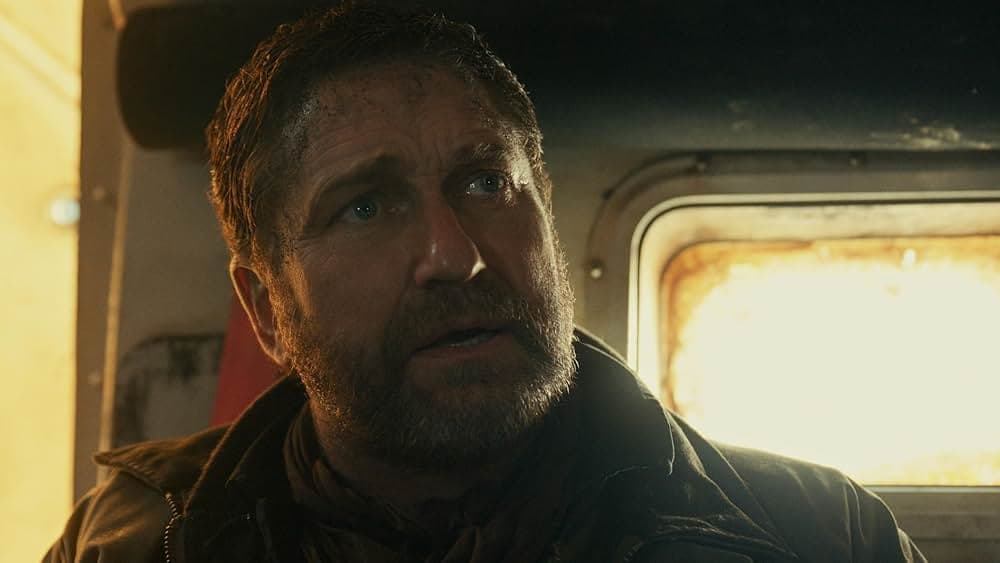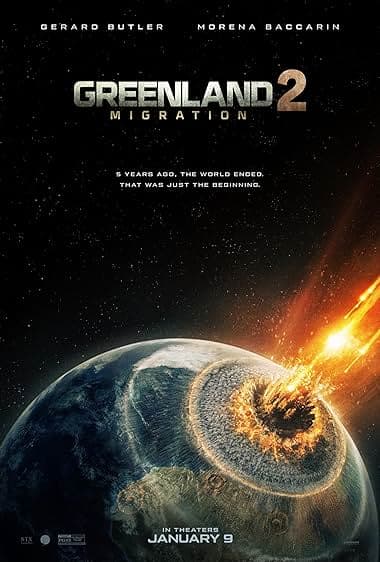
Greenland worked for me in 2020 because it didn’t try to out-CGI Roland Emmerich. It took the disaster movie formula and grounded it in a messy, intimate survival story-more “family scrambling to a bunker” than “hero pilots a space drill.” Think the opening of The Last of Us stretched into a full-length panic attack. Now, the first trailer for Greenland 2: Migration confirms a direct follow-up with Gerard Butler and Morena Baccarin back, Ric Roman Waugh returning to direct, and a budget that’s reportedly jumped to around $90 million. That’s almost triple the first film’s spend. Exciting? Absolutely. But bigger isn’t automatically better for a franchise that won people over by keeping things human-sized.
The pitch is straightforward: pick up after the comet apocalypse and follow the Garretty family again. The returning cast gives this continuity and credibility—Butler as weary, stubborn survivor; Baccarin anchoring the emotional core; Roger Dale Floyd as Nathan, the kid whose condition added real tension in the first film. New faces include Amber Rose Revah and Roman Griffin Davis, hinting at expanded communities and conflicts beyond “just get to the bunker.” That aligns with the title—Migration—which screams road movie across a broken world.
The budget jump is the headline. Greenland reportedly cost around $35M and squeezed every cent into practical chaos and tightly framed catastrophe. With about $90M to play with, Waugh can widen the canvas—think larger-scale set pieces, more elaborate destruction, and a more extensive post-impact world. The danger is obvious: Greenland’s tension came from constraint. If the sequel becomes a parade of VFX plates and collapsing landmarks, it risks turning into the very movie the first one undercut.

Disaster sequels are a graveyard. Armageddon, The Day After Tomorrow, 2012—no follow-ups. Independence Day tried and faceplanted. The recent Twisters worked because it reframed the premise around people and practical spectacle, not lore dumps. Greenland has a shot for the same reason: its identity is “ordinary people making terrible choices under pressure.” If Migration sticks to that and treats the apocalypse like the backdrop rather than the star, we could get the rare second chapter that deepens the story instead of just inflating it.
From a director perspective, Ric Roman Waugh knows his way around blue-collar action (Angel Has Fallen, Kandahar). Chris Sparling’s writing chops lean toward claustrophobic, human stakes (Buried). That pairing is the franchise’s north star. Keep them focused on characters first, and the extra money goes into texture—wider worldbuilding, better sound design, nastier weather systems—rather than empty spectacle.

If you live in survival games—The Last of Us, Metro, Days Gone—the appeal here is obvious. The first Greenland nailed that slow-burn, decisions-have-consequences energy: do you stop to help, do you trade supplies, who gets a seat? Migration is perfectly positioned to explore the “after”—migration routes, conflicted communities, hard resource math. Give me set-pieces that feel like systemic problems rather than roller-coaster rides: a convoy ration dispute that spirals, a radio signal leading to a morally gray settlement, a storm forcing a brutal detour. That’s what will resonate with players who value choice and consequence over explosions.
On the flip side, if the sequel leans into superhero logic—invincible heroes, physics-optional escapes—it’ll lose the audience that praised Greenland for being the anti-blockbuster blockbuster. The trailer teases scale; the script needs restraint.

I’m cautiously optimistic. Greenland earned its reputation by zigging where the genre zagged. Migration has the talent and the money to level up—if it doesn’t forget the franchise’s core: fragile people making impossible choices. 2026 gives the team time to polish; hopefully it also gives them the restraint to keep the camera close, the choices ugly, and the spectacle in service of story.
Greenland 2: Migration brings back the original team with a bigger budget and a direct continuation slated for 2026. If it preserves the first film’s grounded tension while carefully scaling up the world, this could be the rare disaster sequel that actually works. If it chases empty spectacle, we’re back in Resurgence territory.
Get access to exclusive strategies, hidden tips, and pro-level insights that we don't share publicly.
Ultimate Gaming Strategy Guide + Weekly Pro Tips